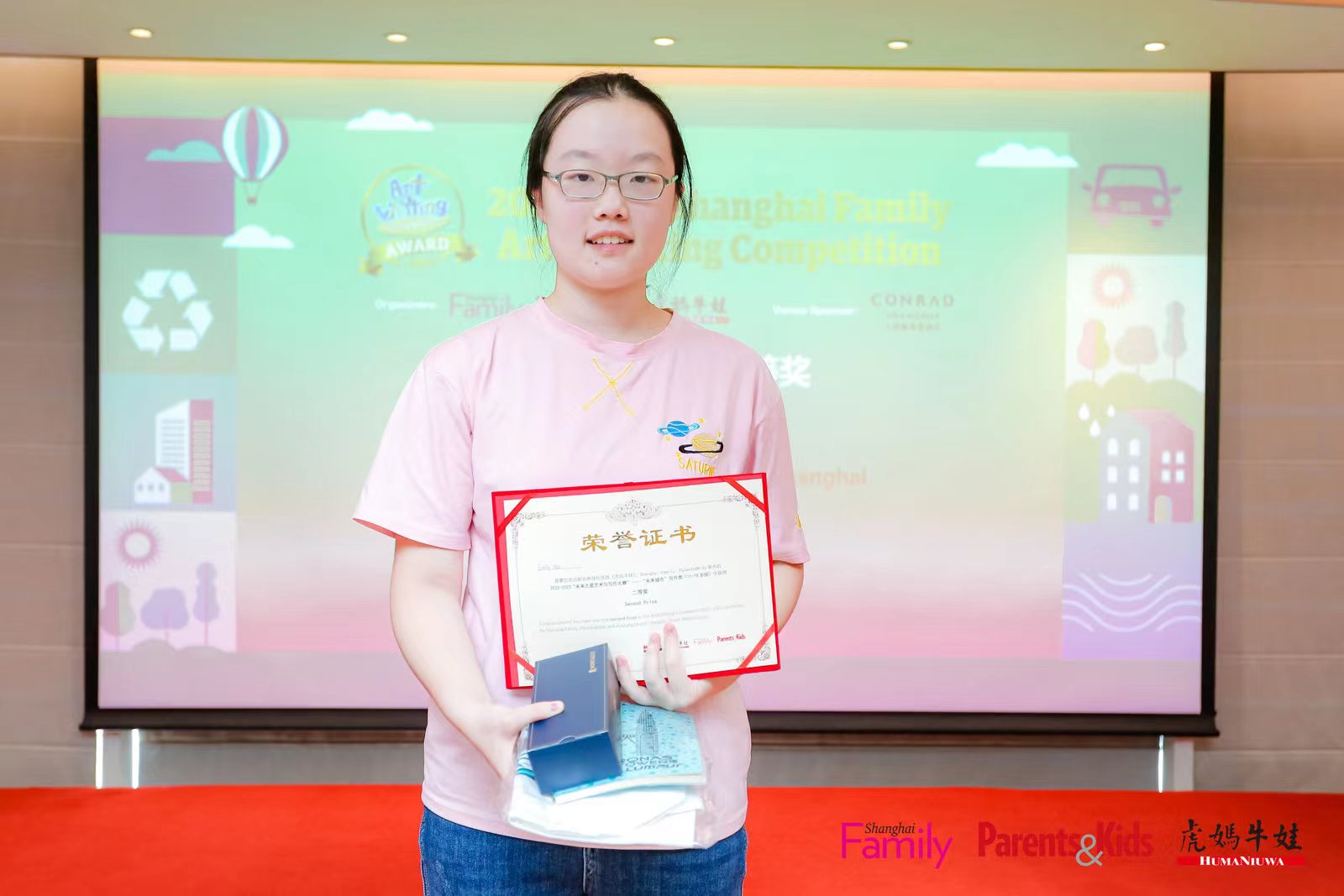
[Email from Aisin Hang, Director of Architecture at EPCON, the country’s leading sustainable infrastructure firm, to Mayor Henry Westman of City A]
February 3, 2040
To: HenryWestman@CityA.gov
From: HangAisin@EPCON.com
Subject: City A’s Design
Dear Mayor Westman,
As you may know, the world’s population is projected to reach 9.8 billion by 2050. 70% (6.7 billion) are estimated to live in cities. Resources are growing scarcer each year and our duty as architects is to ensure each city can sustain itself and the population it hosts. We’ve designed City A with Sustainable Development Goal 12: Sustainable Cities and Communities in mind.
Our main focuses were environment, civic lifestyle, infrastructure, and natural resources.
We hope this review was thorough and adequate enough to fulfill your expectations. Should you choose our firm to renovate accordingly, the expected completion date of this project is April 2050.
Please do not hesitate to put forth any concerns you have about this project and our firm.
Sincerely,
Aisin Hang,
Director of Architecture at EPCON
---------------------------------------------------------------------------------------------------------------------
Works Cited:
Encyclopædia Britannica, inc. (2022, December 22). Hydroponics. Encyclopædia Britannica. Retrieved January 30, 2023, from https://www.britannica.com/topic/hydroponics
Green Initiatives. (2020, July 16). One year of waste segregation in Shanghai: Success or failure? Green Initiatives. Retrieved January 30, 2023, from https://greeninitiatives.cn/one-year-of-waste-segregation-in-shanghai-success-or-failure/
GreenMatch. (n.d.). Sustainable and smart cities around the world. GreenMatch. Retrieved January 30, 2023, from https://www.greenmatch.co.uk/blog/2017/04/sustainable-and-smart-cities-around-the-world
Kang, Y.-K. R. (2007, February 25). Heating performance of horizontal geothermal heat pump system for Protected Horticulture. Journal of Biosystems Engineering. Retrieved January 30, 2023, from https://koreascience.kr/article/JAKO200716419424572.page
Malhotra, R. (2021, May 28). Features of the future sustainable city - RTF: Rethinking the future. RTF | Rethinking The Future. Retrieved January 30, 2023, from https://www.re-thinkingthefuture.com/sustainable-architecture/a4252-features-of-the-future-sustainable-city/
Stabley, J. (2022, September 5). What is xeriscaping? how you can turn your lawn into a sustainable oasis. PBS. Retrieved January 30, 2023, from https://www.pbs.org/newshour/science/how-xeriscaping-offers-a-water-efficient-environmentally-friendly-alternative-to-lawns
Treat, J. (2019, April 26). Cities of the future. National Geographic. Retrieved January 30, 2023, from https://www.nationalgeographic.co.uk/cities-of-the-future
United Nations. (n.d.). Sustainable development goals. United Nations. Retrieved January 30, 2023, from https://www.un.org/en/sustainable-development-goals
Written by: Emily Pan, 16, Concordia International School Shanghai